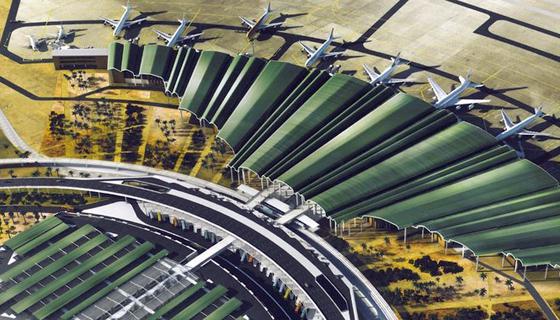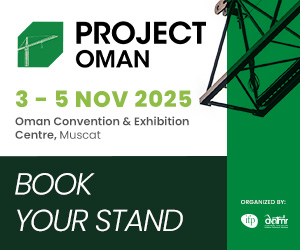A major addition to the Middle East’s portfolio of airports will appear as early as 2018, when the initial phase of the new Karbala International Airport (KIA) becomes operational.
The airport will be situated on the outskirts of Karbala, about 60km southwest of Baghdad and about 40km north of Najaf. It is expected to be particularly used for religious tourism traffic.
Construction of the airport is part of the Iraqi Government’s efforts to diversify the economy away from dependence on the oil and gas sector, with considerable employment being generated, both by the construction process and by the airport itself, once it opens.
The project dates back to 2008, when the Iraqi Government, the country’s transport ministry and the Iraqi Civil Aviation Authority (ICAA), announced the creation of a new airport in Karbala Governorate, strategically located between the cities of Karbala, Najaf and Al Hillah.
The French company, Aéroports de Paris Ingénierie (ADPI), was contracted by the transport ministry to conduct site selection studies, leading to the development of an airport masterplan.
Detailed design of the facility consists of two runways, taxiways and aprons, three passenger terminal buildings and associated support facilities, such as a fuel farm. There will also be a 62metre air traffic control tower.
The Al Rida Investment Group (RIG) and Khairat Al-Subtain (KAS) are privately financing the project.
Karbala, like Najaf Airport, will act as a gateway to one of the holiest pilgrimage sites for Shia Moslems.
“It’s going to open up Iraq,” said Miles Roberts, general manager of Copperchase Iraq, which is constructing the new facility.
While the battle to push back Daesh in the north and centre of Iraq nears its end, security in the south, around the new airport’s site, has never been a problem. “Down here, they never really had any issues. People will feel safer here than even flying into Baghdad,” Roberts added.
UK-based Copperchase has been involved in more than 150 airport projects worldwide since the 1990s, with the Middle East having been a particular focus for the company.
The new airport will be built in four phases. Phase one will see the creation of a terminal initially capable of handling two million passengers annually, but four million after around a year in service. This is described as a functional airport that will allow operations to get under way.
Revenues from the airport’s operation will be reinvested in the facility. The timetable for future expansion is dependent on the level of those revenues, but phase two will see capacity rise to six million, with two further phases possible over the following decade.
In addition to building the airport, Copperchase has also secured the rights to operate it for the next 25 years.
Several airlines have already expressed in interest in operating from the new airport, said Roberts, but he was not yet in a position to name them.
Over time, the company intends to develop additional elements of the airport from operating revenue profits. But it is also seeking investors who may want to take on elements of the airport operation or associated activities, such as hotels, car parking, retail and other facets.
When operational, the airport will ease travel for millions of religious pilgrims, who visit Karbala each year, said Nahidh Mohammed Salih, chairman of Copperchase’s Iraqi business.
Salih said the project’s three planned phases would cost $2 billion. However, work on the second and third phases would depend on demand, he added.
Customs Today
11 July














































































